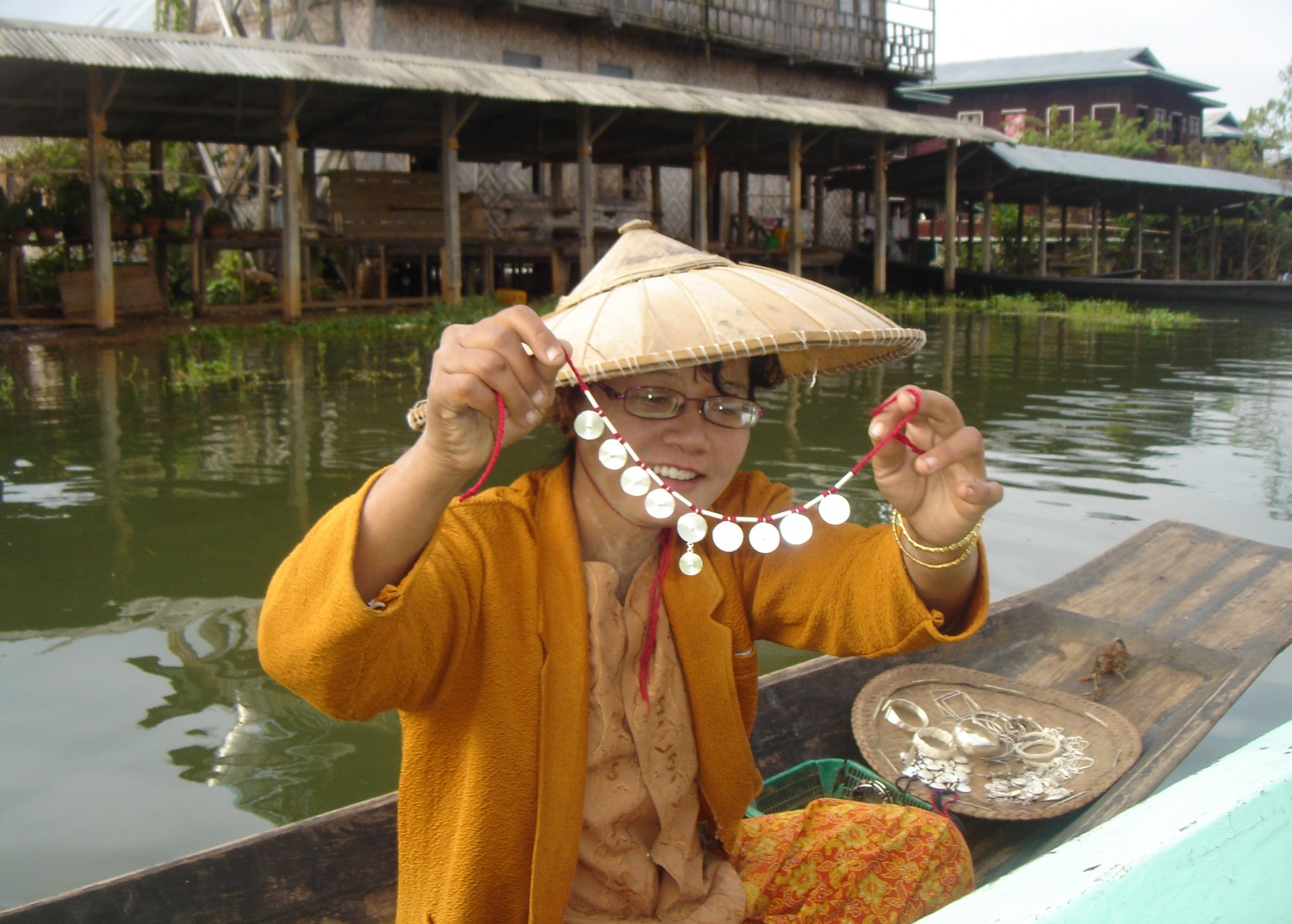It’s interesting how some towns define themselves for you by a certain quirkiness.
It’s Sunday morning in Split, Croatia. As I do on Sundays in many little towns on my travels, I find a church I can go to. Joining locals in prayer and worship gives me a sense of community but also, through the forms of worship, I learn a lot about Christian rituals in different parts of the world. And how similar some of our hymns can be. I don’t go back to our apartment after the service is over. I allow myself to get lost in the labyrinth of little cobbled streets that make up the Old Town of Split.
A maze of cobbled streets and old homes makes walking through Old Town Split a great voyage of discovery
The second oldest city of Croatia, Split was where the Roman Emperor Diocletian chose to build his retirement home. Diocletian’s Palace was said to have occupied around 30,000 square meters, its imposing ruins now lying in the heart of Old Town Split, an area designated as a UNESCO World Heritage site. The area is marked by boutiques, bars, restaurants. We had spent the previous day wandering in and out of the Old City gates, the fragrance of lavender from the souvenirs around us permeating the air. We had walked out of the palace precincts onto the promenade that overlooks the dramatic greens and blues of the Adriatic Sea and which comes alive with music and performances in the evenings. This was the promenade where I discovered the delicious Al Kaprone range of fruit brandies and picked two bottles to take back home with me.
My Sunday walk would be different and through the residential parts of Old Town where we were staying in an old three storey stone house. Winding my way through the streets, church bells ringing and birds singing their morning songs, I look up to see laundry lines…clothes that make for a dramatic contrast against the stark, weathered ancient walls…homes that connect with each other through the laundry of the families in them. It’s strange how laundry lines can tell you a world of stories about their owners. It’s interesting too how beautiful and dramatic they can look in a city 1700 years old.
Even further up in Armenia, I have just attended another church service in ‘Armenia’s Vatican’ in a country that was the first to adopt Christianity as its state religion in the 3rd Century AD. And then I head deep South for the next few days, my adventure beginning in an old Russian Hunter. “He is only 5 years old,” I was told. “He was born in 2011. He is powerful and strong but maybe not so comfortable.” And with that I was off-roading on some of the most treacherous terrain I have even been on through gorges and ravines and fields, over streams and parks. From spotting the endangered mountain goats to visiting medieval churches and monasteries, 8000 year-old petroglyphs, an ancient Jewish cemetery, dipping my feet in an ice cold waterfall to a picnic lunch in a forest by a stream, a drink of cucumber-laced buttermilk from a village home, sipping on strangely sparkly mineral water and eating green walnuts freshly plucked off trees, it was an amazing experience.
As I take stunning pictures of my Russian Hunter against an autumn countryside, I wonder about the number of abandoned cars I have seen through my drives across Armenia. I recall my driver talking about how his parents’ car had been hopelessly devalued after the fall of communism, the price of petrol had gone up and money was hard to come by. Were the ghost cars remnants of a dead asset? Or were these cars considered “a disgusting legacy of the malicious capitalistic regime” and thereby junked by owners who were under surveillance? I would never know as my questions led me nowhere…except perhaps to another interesting use of abandoned cars.
A few days ago, I was back in Riga, an 800-year-old city I last visited a couple of years ago. The buildings in the Old Town are amazing and constructed in various architectural styles from the Romanesque to the Gothic to the Baroque, and even Modern. I have time to kill and want to see if its touch of quirkiness, as I remembered it, was still there. And yes, it was. I look up as I walk the streets…to admire the rich architectural heritage and the art nouveau buildings…and to nod in amusement at the sign boards that suddenly look down on me as I turn into little cobbled streets.
Quirky touches allow a country to engulf a traveller with something uniquely its own and offer lovely memories to carry back from a trip.










